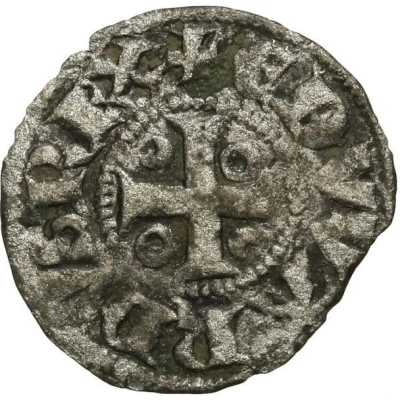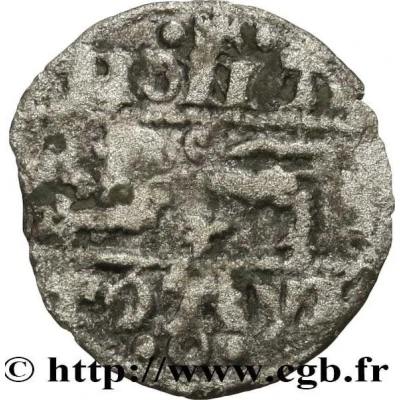


© CGB
Obol - Edward II, King of England ND
1290 year| Silver | 0.58 g | 16 mm |
| Issuer | County of Ponthieu (French States) |
|---|---|
| Count | Edward II (1290-1325) |
| Type | Standard circulation coin |
| Year | 1290 |
| Value | 1 Obol (1⁄480) |
| Currency | Livre |
| Composition | Silver |
| Weight | 0.58 g |
| Diameter | 16 mm |
| Shape | Round (irregular) |
| Technique | Hammered |
| Orientation | Variable alignment ↺ |
| Demonetized | Yes |
| Updated | 2024-10-04 |
| Numista | N#397041 |
|---|---|
| Rarity index | 100% |
Reverse
Leopard left.
Script: Latin (uncial)
Lettering:
MOnE
PONTIVI
Lettering (regular font):
MONE
PONTIVI
Translation: Coinage of Ponthieu.
Interesting fact
One interesting fact about the Obol coin is that it was minted during a time of great turmoil in England. Edward II was facing opposition from his barons and the coinage was one of the ways he tried to assert his authority. The Obol was a new denomination introduced by Edward II in 1290, and it was meant to be equal to half a penny. However, the coin was not widely accepted and was eventually replaced by the groat, which was introduced in 1304. Despite its short-lived use, the Obol remains an interesting piece of history for numismatists and collectors.